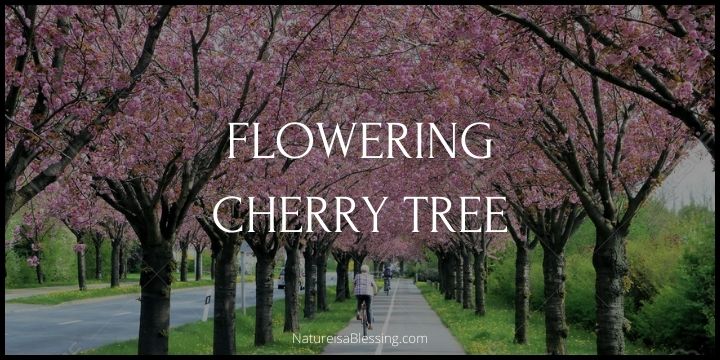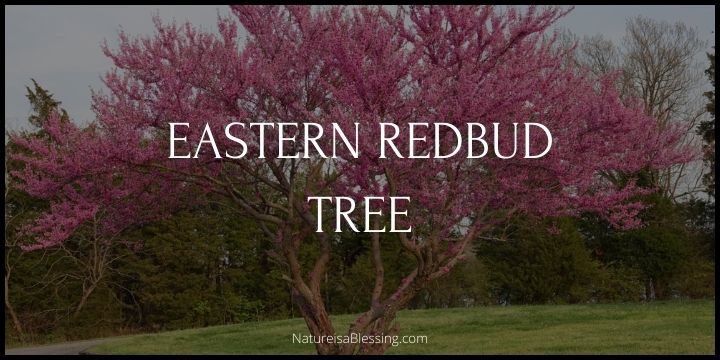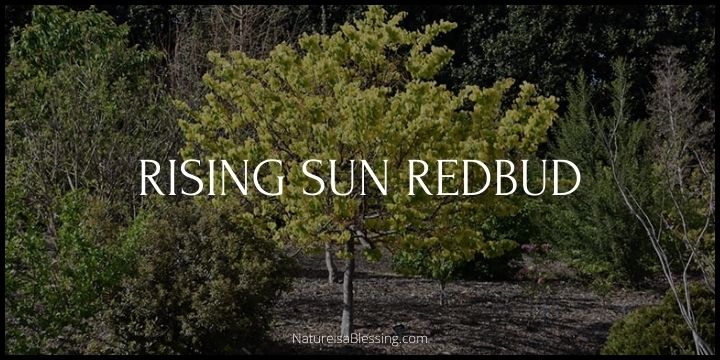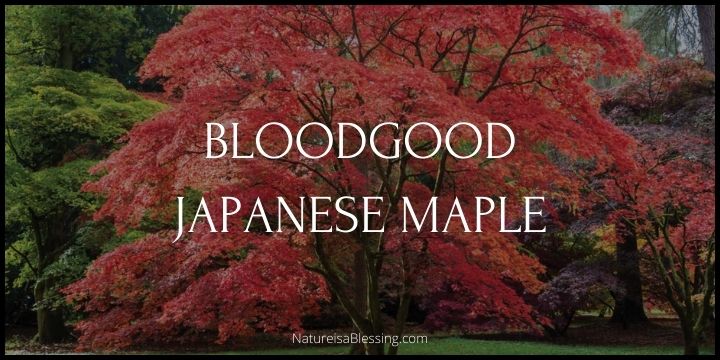Coral Bark Japanese Maple: How to Plant, Grow, & Care
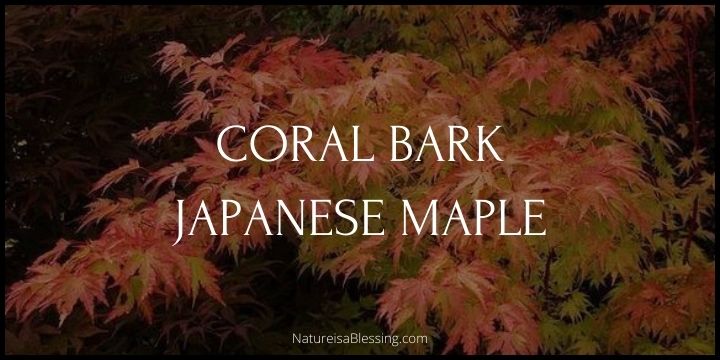
What is Coral Bark Japanese Maple?
The Coral Bark Japanese Maple, a botanical marvel known as Acer palmatum ‘Sango-kaku’, is an enchanting spectacle in any garden or landscape. This ornamental tree, hailing from the land of the rising sun – Japan, has earned a reputation for its strikingly vibrant coral-red bark and captivating foliage that changes color with the seasons.
Belonging to the Sapindaceae family and the Acer genus, this deciduous tree is no small addition to a garden space. It can ascend to an impressive height of 15-25 feet and spread out to a width of 10-15 feet. But it’s not just its size that makes it stand out. The Coral Bark Japanese Maple is a visual delight all year round.
One of the most remarkable features of this tree is its bright, coral-red bark. This feature alone sets it apart from many other trees, offering a bold splash of color that’s particularly noticeable in the winter months when most other plants have shed their leaves. It’s like having a piece of living artwork in your garden that changes with the seasons.
The Coral Bark Japanese Maple’s foliage is another aspect of its charm. In the summer, the tree boasts lush, green leaves. However, as fall approaches, these leaves transform into a golden yellow hue, providing a stark and beautiful contrast to the red bark.
Despite its exotic appearance, the Coral Bark Japanese Maple is relatively low maintenance. It thrives in well-drained, loamy, acidic soil and can bask in anything from full sun to part shade. It does require regular watering, especially during periods of extreme heat, but beyond some pruning in late winter, this tree doesn’t demand much else.
Whether you’re looking to add a dash of color to your garden, create a natural haven for local birds, or simply enjoy the beauty of a unique and visually striking tree, the Coral Bark Japanese Maple is an excellent choice. Its vibrant presence can enhance any landscape, making it a favorite among garden enthusiasts and a symbol of natural beauty.
Fast Facts About Coral Bark Japanese Maple
| Description | |
|---|---|
| Common Name | Coral Bark Japanese Maple |
| Botanical Name | Acer palmatum ‘Sango-kaku’ |
| Family | Sapindaceae |
| Plant Type | Deciduous Tree |
| Genus | Acer |
| Mature Height | 15-25 feet |
| Mature Width | 10-15 feet |
| Sun Exposure | Full Sun to Part Shade |
| Soil Type | Well-drained, loamy soil |
| Soil pH | Acidic |
| Soil Drainage | Well-draining |
| Bloom Time | Spring |
| Attracts | Birds |
| Maintenance | Low; Pruning in late winter |
| Water Needs | Regular watering, more in extreme heat |
| Native Area | Japan |
| Drought Tolerance | Moderate |
| Characteristics | Notable coral-red bark, and beautiful leaf coloration in fall |
| Suggested Use | Ornamental, Specimen tree, borders, containers |
| USDA Hardiness Zone | 5-8 |
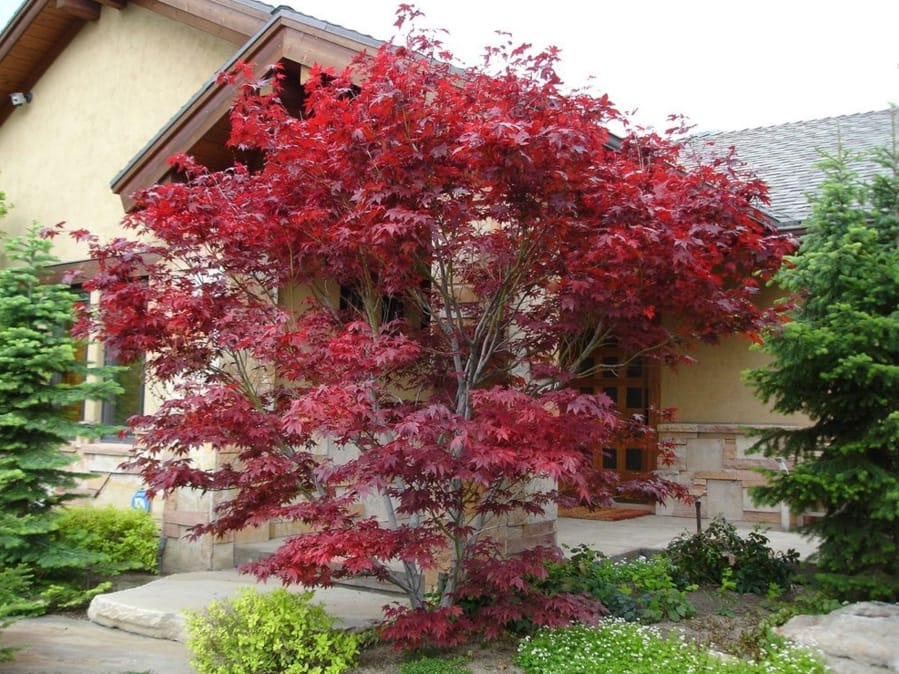
How to Plant and Grow Coral Bark Japanese Maple (Acer palmatum ‘Sango-kaku’)
Selecting the Appropriate Location
Selecting the appropriate location for your Coral Bark Japanese Maple (Acer palmatum ‘Sango-kaku’) is a critical step in ensuring its healthy growth and vibrant display.
These trees are versatile and can thrive in various conditions, but there are a few key factors to consider:
- Sunlight: Coral Bark Japanese Maples can tolerate full sun, but they are happiest with partial sun exposure. They need at least 4 hours of direct sunlight each day, but if you live in a particularly hot climate, it’s best to choose a location that offers some shade during the afternoon. This helps prevent leaf scorch, which can occur when the leaves are exposed to intense sunlight for extended periods.
- Wind Protection: While these trees are relatively hardy, they aren’t fans of strong winds. High winds can cause damage to their branches and tear their delicate leaves, so a sheltered location is preferable. If your garden is exposed, consider planting your tree in a spot that’s shielded by a wall, fence, or other larger trees.
- Space: These trees can grow up to 25 feet tall and 15 feet wide, so they need sufficient space to spread out. Consider this mature size when choosing your location. Avoid planting too close to buildings or other trees, as this can restrict growth and lead to problems down the line.
- Soil Drainage: Good soil drainage is crucial for these trees. They don’t like to have ‘wet feet’, and waterlogged soil can lead to root rot. Therefore, the chosen location should have well-drained soil. If your soil tends to retain water, consider improving its structure with organic matter or grit before planting, or plant the tree on a slope or raised bed to aid drainage.
Best Soil Composition
- Soil Type: The best soil for Coral Bark Japanese Maple is well-draining. Loamy or sandy soils are excellent choices as they allow water to percolate through effectively, preventing waterlogging. Heavy clay soils can be problematic as they tend to retain water, which could lead to root rot.
- pH Level: These trees prefer slightly acidic to neutral soil. A pH level of 6.0 to 7.0 is usually ideal. If your soil is overly alkaline, you may need to amend it with soil acidifiers such as sulfur or iron sulfate to bring down the pH level.
- Organic Matter: Organic matter is essential for healthy soil as it improves its structure, enhances its water-holding capacity, and provides nutrients. Incorporating organic matter like compost or well-rotted manure into the soil before planting can be beneficial. It will also help improve the soil’s texture, particularly if it’s heavy clay or sandy.
- Nutrient Content: Coral Bark Japanese Maples are not heavy feeders, but they do appreciate a well-balanced nutrient content in their soil. Essential nutrients include nitrogen, phosphorus, and potassium. A slow-release, balanced fertilizer can be incorporated into the soil at planting time to provide these nutrients.
It’s always a good idea to test your soil before planting. This will give you a clear picture of its current state, including its pH and nutrient levels.
Sunlight Requirements
- Amount of Sunlight: Coral Bark Japanese Maples need at least 4 hours of direct sunlight each day. They can tolerate full sun, but in hotter climates, they appreciate some shade during the afternoon to prevent leaf scorch, a condition where leaves turn brown due to intense sunlight.
- Quality of Sunlight: Morning sun is generally the best as it’s less intense than afternoon sun. If possible, choose a location that gets morning sun and dappled or partial shade in the afternoon.
- Seasonal Changes: Keep in mind the changes in sunlight exposure with the seasons. A spot that’s in full sun in the winter may become partially shaded in the summer when other trees leaf out.
Water Requirements
- Watering Frequency: Water your Coral Bark Japanese Maple regularly, especially during dry periods. The soil should be kept moist, but not waterlogged.
- Watering Depth: When watering, aim to moisten the entire root zone. This encourages the tree to develop deep roots, which makes it more drought-tolerant and stable.
- Drainage: Even though this tree likes moist soil, it doesn’t do well in waterlogged conditions. Make sure your chosen site has good drainage. If it doesn’t, consider amending the soil or planting the tree in a raised bed.
- Mulching: Applying a layer of mulch around the base of the tree can help retain soil moisture and keep the roots cool in summer. Be sure to leave a gap around the trunk to prevent rot.
Planting Process
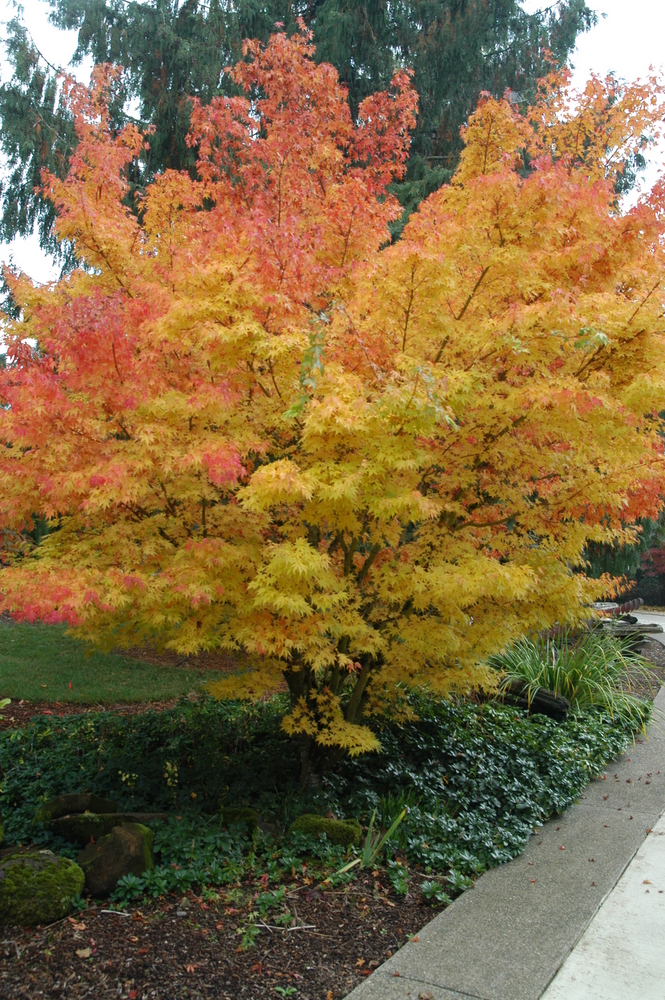
- Choosing the Right Time: The best time to plant is in late winter or early spring before the tree breaks dormancy. This gives the tree ample time to establish roots before the hot summer months.
- Preparing the Site: Choose a location with good sunlight and wind protection as mentioned in previous sections. Remember, the site must have good soil drainage to prevent waterlogged conditions.
- Preparing the Hole: Dig a hole that’s at least twice as wide as the root ball of your tree, and just as deep. This provides the roots with plenty of room to spread out and establish themselves. The wider the hole, the better the tree’s chances of establishing a strong root system.
- Preparing the Tree: Before placing the tree in the hole, check the root ball. If the roots are tightly coiled or ‘pot-bound’, gently tease them apart. This encourages them to spread out into the surrounding soil.
- Planting the Tree: Place the tree in the hole, making sure that the top of the root ball is level with or slightly above the surrounding soil surface. Backfill the hole with the original soil, firming it gently around the base of the tree.
- Watering and Mulching: Water the tree deeply after planting. This helps settle the soil and gives the tree a good start. Apply a layer of mulch around the base of the tree to help conserve moisture and suppress weeds. Be sure to leave a gap around the trunk to prevent rot.
- Ongoing Care: For the first year or so, water the tree regularly, keeping the soil moist but not waterlogged. Once established, the tree will require moderate levels of irrigation.
Regular Maintenance
Pruning
- Best Time to Prune: The best time to prune a Coral Bark Japanese Maple is during its dormancy in late winter or early spring. This reduces the risk of sap bleeding, which can occur if you prune in late spring or early summer when the tree is actively growing.
- Tools: Use sharp, clean pruning shears or a handsaw, depending on the size of the branches. For larger branches, a pruning saw may be necessary. Always clean your tools before and after use to prevent the spread of disease.
- Removing Dead or Diseased Wood: Begin by removing any dead, diseased, or damaged branches. These can be identified by their brittle, dry wood and lack of leaves or buds. Cut these branches back to healthy wood or remove them at their base.
- Thinning Out: Coral Bark Japanese Maples have a naturally beautiful shape that doesn’t require heavy shaping. Instead, focus on thinning out the canopy to allow better air circulation and light penetration. Remove any branches that are crossing or rubbing against each other.
- Maintaining Shape: If you wish to maintain a certain shape or control the size of your tree, make your cuts above a bud facing the direction you want the new branch to grow. This could be outward-facing to encourage a more open shape or inward-facing to promote denser growth.
- After Pruning Care: After pruning, it’s a good idea to apply a tree wound dressing to larger cuts to prevent disease.
Remember, less is more when it comes to pruning Coral Bark Japanese Maples. They are relatively low-maintenance trees that don’t require heavy pruning. Always make sure to prune with the tree’s natural shape in mind and avoid removing more than 20% of the canopy in one year.
Fertilization
Fertilizing a Coral Bark Japanese Maple (Acer palmatum ‘Sango-kaku’) can help it maintain vibrant foliage and overall health. However, these trees don’t require heavy feeding, and too much can actually harm them.
Here’s a detailed guide on fertilizing your tree:
- When to Fertilize: The best time to fertilize is in early spring before the leaves emerge. This allows the tree to take up nutrients as it begins its growth phase.
- Choosing a Fertilizer: Use a slow-release granular fertilizer designed for trees and shrubs, preferably with a balanced N-P-K ratio like 10-10-10 or 14-14-14. These numbers represent the percentage of nitrogen (N), phosphorus (P), and potassium (K) in the fertilizer. Nitrogen promotes leaf growth, phosphorus supports root development and flowering, and potassium contributes to overall plant health.
- How to Apply: Follow the instructions on the fertilizer package to determine how much to use. Generally, you’ll want to spread the fertilizer evenly around the base of the tree, starting a few inches from the trunk and extending out to the drip line (the area under the outermost branches). Avoid letting the fertilizer come into direct contact with the trunk as it could cause damage.
- Watering After Application: After applying the fertilizer, water the area thoroughly. This helps dissolve the granules and carry the nutrients down into the root zone.
- Additional Considerations: If your soil is poor, consider amending it with compost or well-rotted manure. These organic materials improve soil structure, increase nutrient content, and help retain moisture.
Note: over-fertilizing can lead to excessive leaf growth at the expense of root development, making the tree less drought-tolerant and more susceptible to pests and diseases. Always follow the manufacturer’s instructions when applying fertilizer and consider having your soil tested to determine its nutrient needs.
Dealing with Concerns or Setbacks
Coral Bark Japanese Maple (Acer palmatum ‘Sango-kaku’) is a relatively hardy tree, but like any plant, it can encounter problems.
Here’s how to identify and address common concerns or setbacks:
- Leaf Scorch: This appears as browning or wilting of the leaves, usually due to excessive sunlight, heat, or wind. To prevent this, ensure your tree is planted in a location where it gets some afternoon shade and is protected from harsh winds. Regular watering can also help reduce leaf scorch.
- Pests: Aphids and scale insects can occasionally infest Coral Bark Japanese Maples. They can be identified by sticky residue or sooty mold on the leaves. Insecticidal soap or horticultural oil can help control these pests. Always follow the label instructions when using these products.
- Verticillium Wilt: This soil-borne fungal disease can cause wilting, yellowing, and curling of the leaves, often on one side of the tree. Unfortunately, there’s no effective chemical control for verticillium wilt. The best strategy is to keep your tree healthy and stress-free, as stressed trees are more susceptible to disease.
- Root Rot: Overwatering or poor drainage can lead to root rot, which can cause wilting, yellowing, and dropping of the leaves. To avoid this, ensure your tree is planted in well-draining soil and don’t water it excessively.
- Winter Damage: Coral Bark Japanese Maples can suffer from winter damage if exposed to harsh conditions. Protect your tree by wrapping the trunk with a tree wrap or burlap, particularly for young trees.
Remember, prevention is the best approach to dealing with these issues. Provide your tree with the right growing conditions and regular care, and it will be better equipped to resist pests and diseases.
If you’re unsure about a problem, consider contacting a local extension service or professional arborist for advice.
How Big Do Coral Bark Japanese Maples Get?
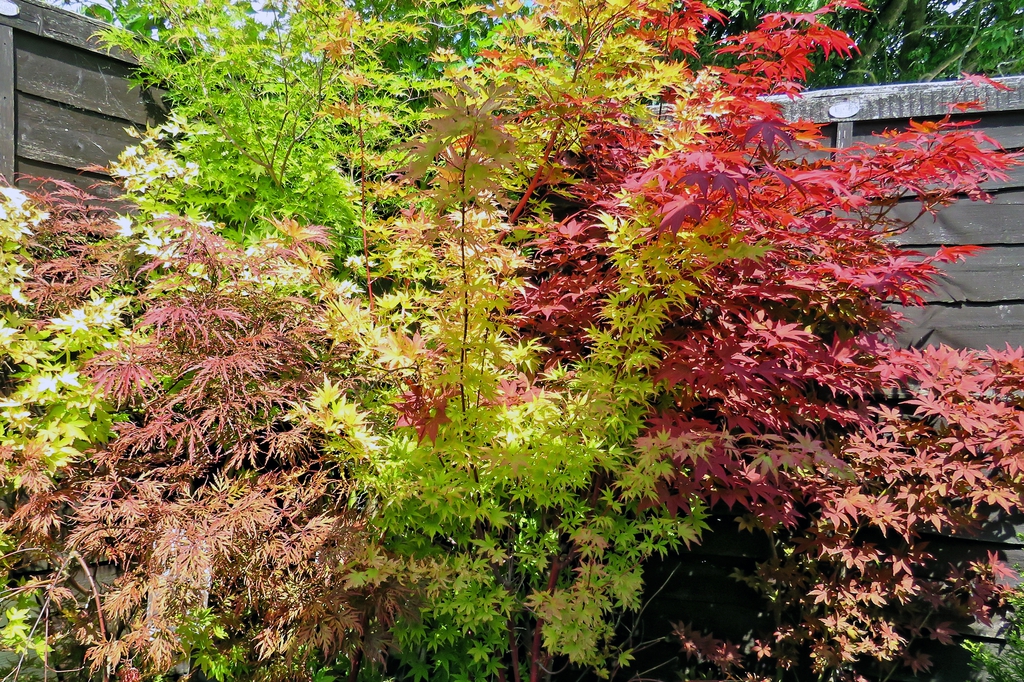
Coral Bark Japanese Maples (Acer palmatum ‘Sango-kaku’) are known for their moderate growth rate and unique features. The size of these trees can vary based on environmental conditions and care, but generally, they grow to a height of 15-25 feet and have a spread of 10-20 feet.
The height and spread of Coral Bark Japanese Maples make them an excellent choice for providing shade in a garden. They tend to grow relatively quickly compared to other Japanese Maples. After about 10 years, a ‘Sango Kaku’ will typically reach about 16 to 18 feet tall.
It’s important to note that while these trees can tolerate full sun in cooler regions, they usually display the best color in part shade.
The truth is, Coral Bark Japanese Maples are moderately sized trees that can add a unique aesthetic and functional value to your landscape due to their vibrant color and shade potential.
What Does a Coral Bark Japanese Maple Symbolize?
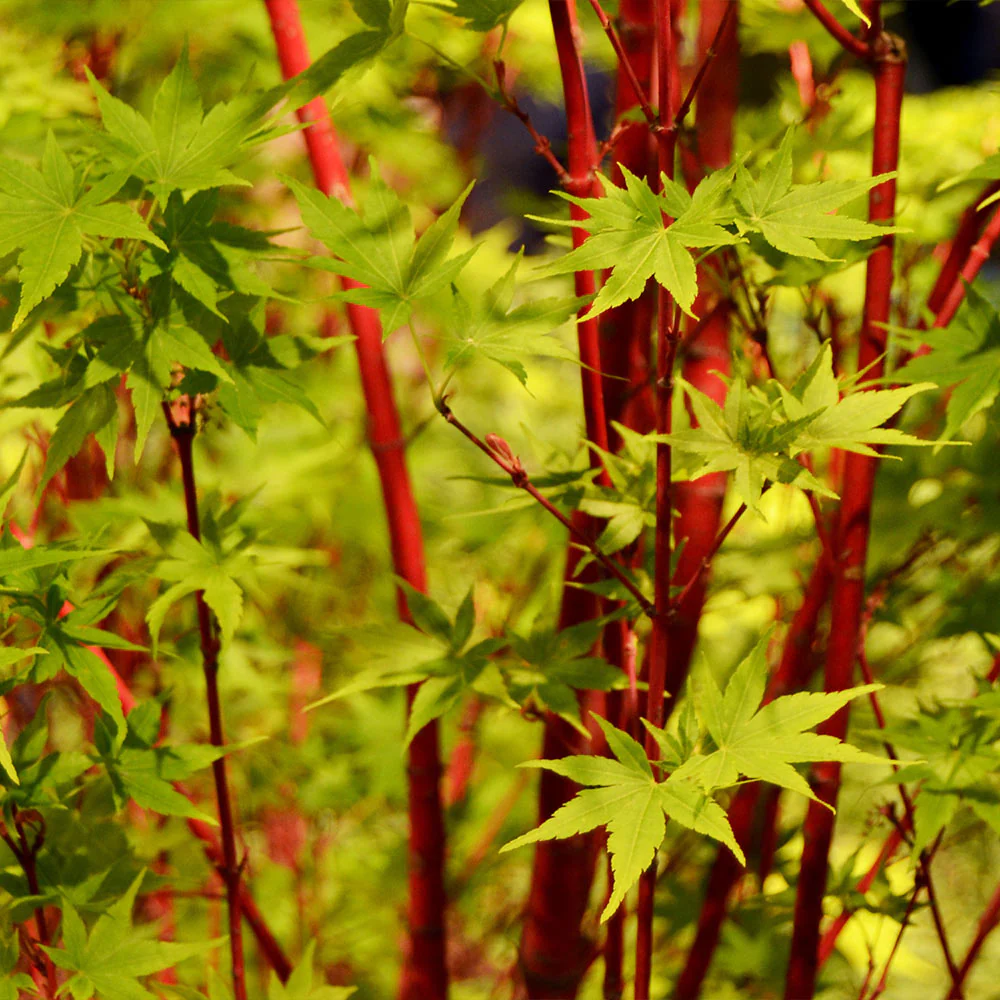
| Culture/Region | Symbolism |
|---|---|
| Japanese Culture | In Japan, the maple tree, or “Momiji,” is a symbol of elegance and grace. Japanese Maples, including the Coral Bark variety, are often found in traditional Japanese gardens, symbolizing peace, serenity, and beauty. Their vibrant fall colors also represent the passing of time and the transient nature of life. |
| Chinese Culture | In Chinese culture, the maple tree symbolizes honor, longevity, and strength. Although the Coral Bark Japanese Maple is not native to China, its striking features align with these traditional symbolic values. |
| Western Culture | In Western cultures, the maple tree often represents balance, promise, and practicality. The dramatic color changes of the Coral Bark Japanese Maple from season to season can symbolize transformation and adaptability. |
| Buddhist Symbolism | In Buddhism, the maple tree, including the Coral Bark Japanese Maple, is considered a symbol of meditation and reflection. Its tranquil presence is often used to inspire introspection and spiritual growth. |
The Pros and Cons of Coral Bark Japanese Maple
Advantages:
- Year-Round Interest: This tree offers visual interest throughout the year with its bright coral-red bark in winter, light green leaves in spring, yellow leaves in fall, and attractive shape even when bare in winter.
- Moderate Size: With a typical height and spread of 15-25 feet, it’s a good choice for small to medium-sized landscapes.
- Adaptable: It can tolerate a variety of soil types and pH levels, as long as the soil is well-draining.
- Shade Tolerance: Unlike many trees, it can do well in part shade, making it versatile in a landscape design.
- Low Maintenance: Once established, it requires minimal care beyond occasional watering and pruning.
Disadvantages:
- Sun Sensitivity: In hotter climates, the leaves can become scorched if exposed to too much afternoon sun.
- Disease Susceptibility: It’s susceptible to certain diseases, such as Verticillium wilt.
- Pest Attraction: Pests such as aphids and scale can be attracted to this tree.
- Slow Growing: While it has a moderate growth rate compared to other Japanese Maples, it’s still relatively slow-growing compared to many other tree species.
- Winter Protection Required: Young trees may need protection from harsh winter conditions, such as freezing temperatures and wind.
7 Best Coral Bark Japanese Maple Alternatives
| Plant | Description |
|---|---|
| Acer palmatum ‘Bloodgood’ | Known for its deep red-purple foliage that maintains its color well throughout the summer, it has a similar growth habit and size to Coral Bark. |
| Acer palmatum ‘Shishigashira’ (Lion’s Head Maple) | This maple variety features crinkled, green leaves that turn golden-yellow and orange in the fall. Its bark is not as colorful as Coral Bark, but its leaf texture adds unique interest. |
| Acer shirasawanum ‘Aureum’ (Golden Full Moon Maple) | This tree has striking golden-yellow leaves that turn bright red in the fall. It’s a slower-growing variety, which can be an advantage for smaller landscapes. |
| Acer japonicum ‘Aconitifolium’ (Fernleaf Full Moon Maple) | Known for its finely cut, fern-like foliage and brilliant fall colors, it adds a different texture compared to the Coral Bark. |
| Acer palmatum ‘Orange Dream’ | Bright orange-yellow spring foliage, which turns a light green in summer before shifting to yellow and then a mix of gold, orange and red in fall, make this a vibrant alternative to Coral Bark. |
| Cornus sanguinea ‘Midwinter Fire’ (Bloodtwig Dogwood) | This shrub offers bright orange-red winter stems, providing a similar winter interest to Coral Bark, but in shrub form. |
| Betula nigra (River Birch) | This tree is known for its attractive, exfoliating bark that ranges in color from salmon-pink to reddish-brown. It’s larger than the Coral Bark Maple but offers a similar visual appeal with its bark. |
Where to Buy Coral Bark Japanese Maple?
- Japanese Maples and Conifers
- Garden Goods Direct
- Trees Delivered
- Fossil Creek Tree Farm
- Lowe’s
- Mendocino Maples
- Pike Nursery
- Landscape Plant Source
- Nature Hills
The History and Origin of Coral Bark Japanese Maple
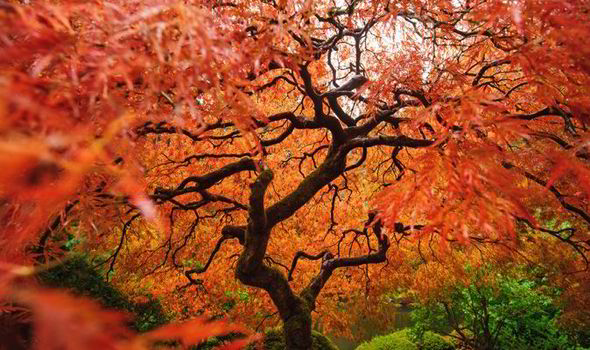
The Coral Bark Japanese Maple, also known by its scientific name Acer palmatum ‘Sango-kaku’, is a cultivar of the Acer palmatum species, which is native to Japan, Korea, and parts of Russia and Mongolia.
The Coral Bark variety is said to have been introduced to the horticultural world in the early 20th century, around 1920, and it quickly gained popularity due to its distinctive coral-red bark and year-round interest. This variety was first noted in the west in Hillier & Sons’ catalogue in 1925.
The name ‘Sango-kaku’ translates to “coral tower” or “coral pillar”, a fitting description for the tree’s upright growth habit and the coral color of its bark, especially prominent in winter months.
Like many Japanese maples, the Coral Bark variety is often used in traditional Japanese garden design, but it has also found its place in modern gardens and landscapes worldwide due to its stunning visual appeal and relatively low maintenance needs.
Frequently Asked Questions
1. How Do Coral Bark Japanese Maple Reproduction
The Coral Bark Japanese Maple reproduces through a process called propagation, typically using softwood cuttings. This process involves cutting a branch just below a leaf node and removing all but two leaf pairs. The cuttings are then immediately inserted into water. After some time, the cuttings are transferred to moist potting soil placed in a pot.
The best time for propagation is during the early spring, specifically during a 2-3 week “window,” after buds have begun to form but before leaf development.
It’s important to note that ‘Sango-kaku’, the Coral Bark Japanese Maple, should be planted in well-drained soil, and it tolerates a range of soil types including sand and heavy clay.
2. Can Coral Bark Japanese Maple take full sun?
Yes, the Coral Bark Japanese Maple can tolerate full sun, especially in cooler climates. However, in warmer areas, it may struggle with too much direct sunlight and can experience leaf burn.
It’s recommended to plant this tree in a location with full sun to partial shade for optimal growth and bark color. It’s crucial to ensure the soil is moist, well-drained, and slightly acidic.
Also read:

